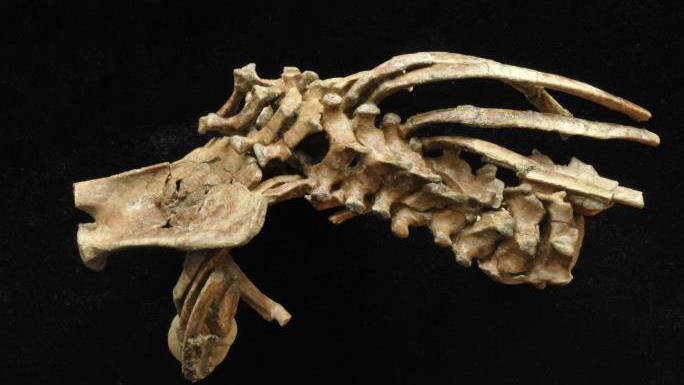Lauren Sallan, a graduate student in the Program in Integrative Biology at the University of Chicago Biological Sciences Division, described a new interpretation of the spinal structure of a 345 million year old eel fossil that is extremely similar to land dwelling animal spines in the journal Proceedings of the Royal Society B that was reviewed in a press release at the Eureka Alert web site the same day.
Sallan based her work on a reexamination of Tarrasius problematicus, an ocean living eel like fish that lived in shallow waters around what is now Scotland during the Carboniferous period (359 million to 318 million years ago). The fossils are presently in the National Museums Scotland.
Sallan discovered that Tarrasius problematicus had a five part spine like the majority of modern and prehistoric land dwelling animals. The five part spinal column supported a body long dorsal fin that enabled Tarrasius problematicus to swim and hunt.
Sallan was initially searching for how Tarrasius problematicus fit evolutionarily among other early ray-finned fishes when she discovered two new paleontological firsts.
Paleontology has subscribed to the idea that Tarrasius problematicus had a simpler three part spine prior to this new examination.
More importantly from an evolutionary point of view, Sallan has demonstrated that a highly sophisticated structural arrangement like the five section spine can develop independently in very different species that are separated by large amounts of time.















